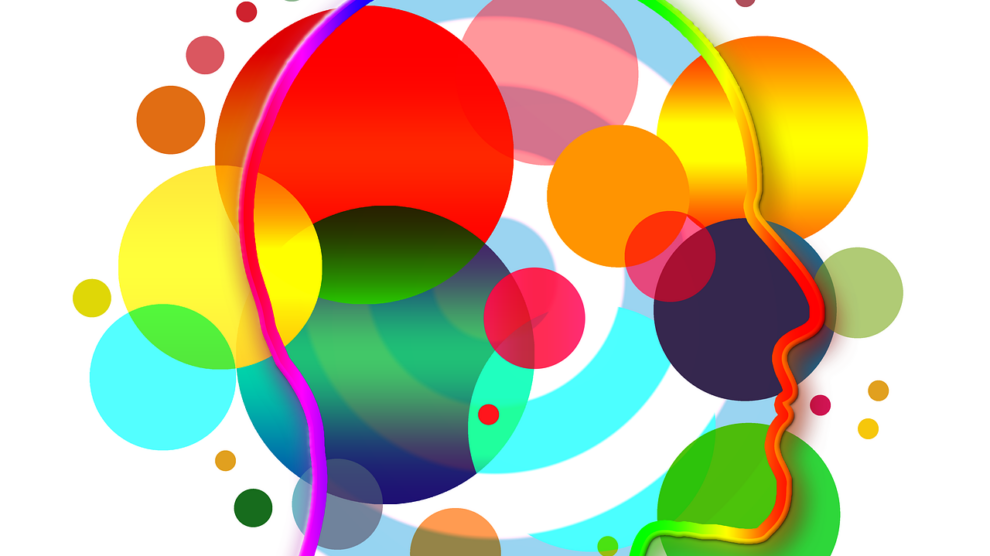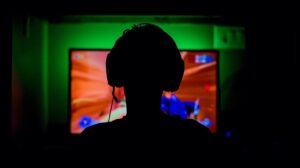A multi-sensory experience is an immersive and interactive display that engages many of your customers’ senses. However, these campaigns require more than adding smells or sounds into your activation space. Your entire design needs to be thought out ahead of time. Everything should work together seamlessly — from the moment visitors arrive until the second they leave your booth!
Define Goals for Your Brand’s Multi-sensory Experience
Before you start designing your brand activation, define your goals. Clearly identifying your objectives helps you understand what you’re trying to accomplish and how to measure success afterwards.
Take time to determine the purpose of your activation. Do you want people to learn more about your brand? Do you want to increase sales? In other words, define how this event will help you achieve your business objectives. Once we know our objectives, we can work toward them through sensory experiences and interactive activities.
For example, if I’m designing an experience for a fitness brand that wants to increase memberships, I could define my goal as: “Increase sign-ups by 20% over the next three months.” This is known as a SMART goal because it is specific, measurable, achievable, realistic, and time-oriented. At the end of the campaign, I will be able to measure the results.
Next, my design process would focus on a multi-sensory experience to achieve this goal by highlighting the benefits of regular workouts and gym membership. I might create memorable music playlists with a driving workout beat, stimulate energy with bright colors, and serve up refreshing mini smoothies.
Understand the Target Audience for Your Brand’s Multi-sensory Experience
You will get the most bang for your marketing buck if you thoroughly understand who you plan to target with your multi-sensory experience. Discover everything you can about your target audience’s demographics, such as age, gender, geographic location, and education. Next, figure out their favorite interests and hobbies. This research will help you determine what they want out of your brand’s experience, and how you can best leverage their needs into your creative design.
For example, if your brand targets millennials and Gen Zers who love the outdoors, consider what sensory elements would best connect your product with nature. You may incorporate the sound of a babbling stream or the ocean waves. You may engage the sense of smell with fresh pine.
Design an Experience that Engages All Five Senses
When designing an activation or event, create a multi-sensory experience that incorporates as many senses as possible. Then, consider how each element will contribute to the overall sensory experience of your visitors.
Sight is the most dominant of all your senses, so make sure to engage it when designing your brand activation. Create a foundation with vibrant and eye-catching colors. Next, incorporate patterns and images (like logos) throughout your space. Graphics on walls or floors provide visual interest, and logos or photos reinforce your brand story.
In terms of engaging the sense of sight, lighting is one of the most powerful tools in your arsenal. When you use it correctly, it can set the mood, highlight your brand, and draw attention to the areas you want to showcase. Lighting can also create a sense of urgency that keeps visitors engaged and moving forward with their experience.
The sense of hearing is one of the most powerful senses your brand can use to create an immersive experience. Use either music or ambient noise like rain and thunder.
Music and sound effects create a sense of atmosphere. The right song can make people feel happy, sad, or nostalgic. If you want visitors to come and check out what you’re doing in one corner of an event space, music or sounds can get their feet moving that way.
Consider the sense of touch as you incorporate textures, fabrics, and materials with tactile ties to your theme or location. For example, the feel of a rustic wooden table evokes a sense of timelessness and tradition, while the feel of a cool metal table can evoke sleek modernity. Of course, the best way to engage guests’ touch is to have firsthand experience with products, rather than leaving them to look at your advertisements online.
Taste and smell often work hand in hand to connect us to our world in ways that no other sense can. It’s no surprise that food companies spend millions on research and development, and that restaurants pay top dollar for chefs who create dishes that get people talking. If you include food and drink samples at your event, the aroma is bound to attract notice.
Design the Entire Customer Journey for Your Brand’s Multi-sensory Experience
The final step in the process is to define the customer journey. This is the path that customers take when visiting your brand. Thoroughly plan the experience to engage all five senses, create a memorable experience, and encourage an emotional connection. Once you have a clear picture of your goals, target audience, and sensory experience, you can start creating the touch points that will lead customers through this journey.
As you map out the path customers will take through your space, think about how you want them to experience your brand at each stage of the journey. Then, consider how you can use sensory elements to make each stage memorable.
You know your brand’s product or service better than anyone. You know what it can do, the value it can provide, and how it can enhance people’s lives. Now, it is time to create an activation that allows your customers to experience all of that. Where most advertising is limited to sight and maybe sound, a multi-sensory experience is an immersive event that will engage your customers on a deeper level and create a lasting impression.





